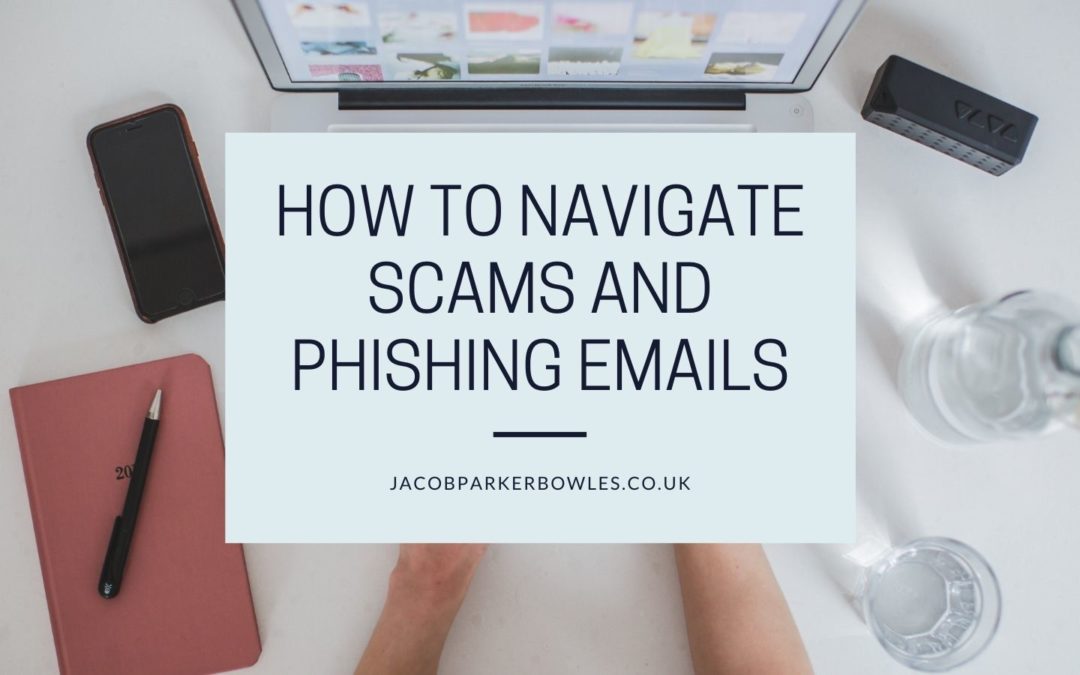It is hard to how to navigate scams and phishing emails. This is because there are so many options for scams out there. People need to be aware of these options and have a good grasp of the internet as scams, fraud, and other undesirable activities.
When a scam becomes evident, take down the email address, and contact the person through the internet. Look for the company’s name and make sure you have that information before you talk to them.
If you have put together a good emailing list, you may be able to sell it to a scammer for money. Be careful that you do not give out your information to every single spam email you get. Check your list and make sure you delete any emails you don’t want to receive from any spammer.
One way to navigate scam emails is to block any scam or spam emails from your inbox. Some programs help with this. You can choose from several different anti-spam software packages. This is especially a good idea if your emailing list contains sensitive information. If you find one particular email that sends you viruses or scams, mark it as “scam” and throw it away.
Several websites offer free emailing lists. These lists can be used to build a large emailing list without paying for it. The free email lists might be worth looking into, but you should be wary of any that contain your financial or credit card numbers. If the emailing list contains credit card numbers or other sensitive information, look at the disclaimer before subscribing to it.
How to navigate scam emails also involves being very cautious about what kinds of emails come into your inbox. Don’t open every email that comes in. Instead, mark emails as unread so that you don’t end up opening any that are urgent. Only read important emails.
Always check your spam filters and anti-virus program. You can always buy an update for your anti-spam software or an update for your email filtering program. Please do not ignore any suspicious email because it could be a virus or a scam. Report the email if you see it or if you think it is harmful to your computer. Report the mail even if you think you are not receiving a legitimate email. It might be a scam, and you need to stop it before it gets worse.
Another way to protect yourself from receiving scam emails is by setting up multiple email accounts. Even if you only use one email account, it is still better than having one account tainted with spam. It is also a good idea to change your passwords often. You never know when a hacker is hoping to steal your password or account information, so changing it regularly will help prevent that.
How to navigate phishing emails starts before you open your email messages. When you receive an email, review the sender’s address to ensure it is not a scam or a fake. If it looks familiar, you probably opened it without checking. If you receive messages that do not look familiar, block the message right away. Block all messages that you are not interested in.
You can also protect yourself by having a reliable anti-virus program. Ensure your anti-virus has updated regularly to ensure the most current protection and protect you from phishing scams. In your emailing preferences, set it so that you specifically asked if you wanted to receive these messages. Also, have your spam filters for emailing added to your email account.

